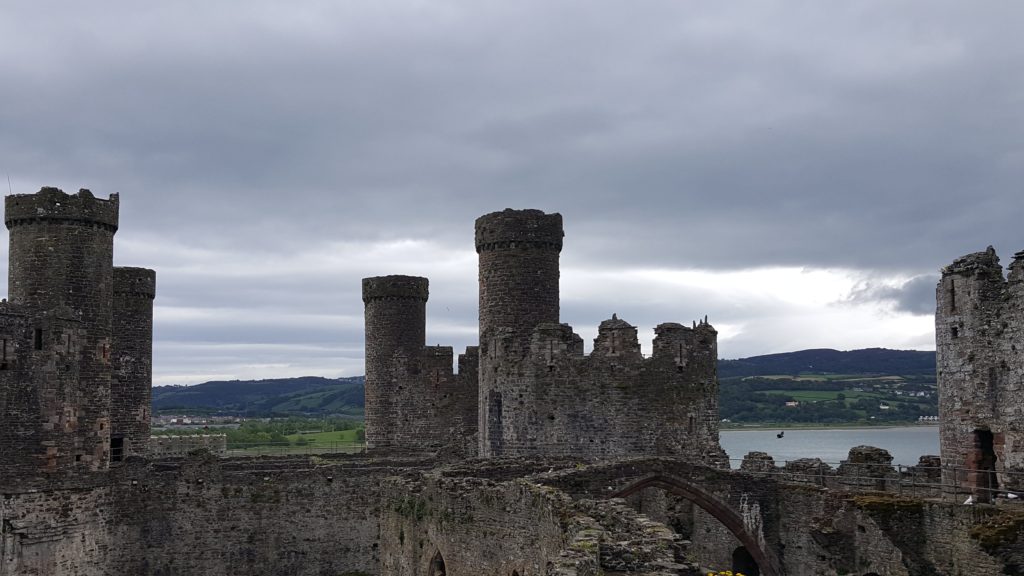By Michael Zaccagni

Leaving London is like leaving a good, but demanding friend that you just met. It is nice to get out into the country and reconnect with fresh air and to see the rest of the United Kingdom, but it was sad to leave the people of the hostel and the ‘regality’ of the city. Wombat’s, where we stayed for a week, was a lively place of travelers from all nationalities, venturing in and out for different reasons. I got a chance to meet plenty of Americans, coming to the city for school or to just tour the landmarks, and plenty of Canadians for the same reasons. A group of us got to really know the people of the hostel belting out the words to “Bohemian Rhapsody,” in unison; the fact that we all connected to a single Queen song was nothing short of magical. A quick look around and I could tell right away that from wherever we come from, we all are deeply the same. Around the world, everyone is looking for community and existence; we all will rather relax and enjoy ourselves rather than grimace and scowl. Finding fault with anything is what human beings do the best, but after a couple of drinks and a few carefully served jokes, anyone can understand the purity of living. I may never see those people again, but moments like that won’t escape my mind any time soon.
Our class was now headed for Wales, which was a much deserved excursion out into the dipping, green hills of the west. After taking a confined, and anarchic series of trains, we were met with the town of Conwy; home to the aptly named Conwy Castle, an ancient, mossy structure that bares resemblance to something in Scooby-Doo. The walls are made of decaying stone, with hazardous staircases that ascend to breathtaking heights. Walls connected to the castle surround the city, and encourage the townsfolk to use them as walkways. In order to get around Conwy, a devastatingly hilly area, full of inclines that would shed almost twenty pounds off of someone in an instant, you must climb the stony walls left by medieval architects and cross scale treacherous, deteriorating bridges. If you get a chance to climb up to a point in which you can look over the town, you will notice that Iron Age walls also surround all of the farmland as well. The land, itself, seems to be stuck in a few distinct time warps; the houses and buildings give off a medieval style, while the country possess walls left over from the Romans and, perhaps, much older ancestors. Otherwise the population is fairly modern, with the exception of the groups of people dressed in pirate garb, entering the town for some kind of pirate festival. A couple of them filled the hostel, accompanied by eye patches and scraggly beards, partaking in traditions old, but not forgotten.
After the castle, groups of us, were able to hike around the hills of the surrounding area. A few of us found a path to some, Bronze Age, ruins that sat atop a mountainous region, overlooking, what felt like, the entirety of the country. To our backs, we saw the Irish sea in all of its mystic, poetic glory. To the front, we saw Conwy, nestled in the hilly green, as small and as far away as a tiny model village. Being that far up can be incredibly windy and tough to hear people, who are trying to shout right in your face; the wind just sweeps away all voices, and carries them further upwards.
After our excursion, we retired back to the hostel for another night of needed sleep, as the next day involved hopping on different trains, in order to get to Vindolanda, the archaeological site that would serve as our base for the next two weeks.
